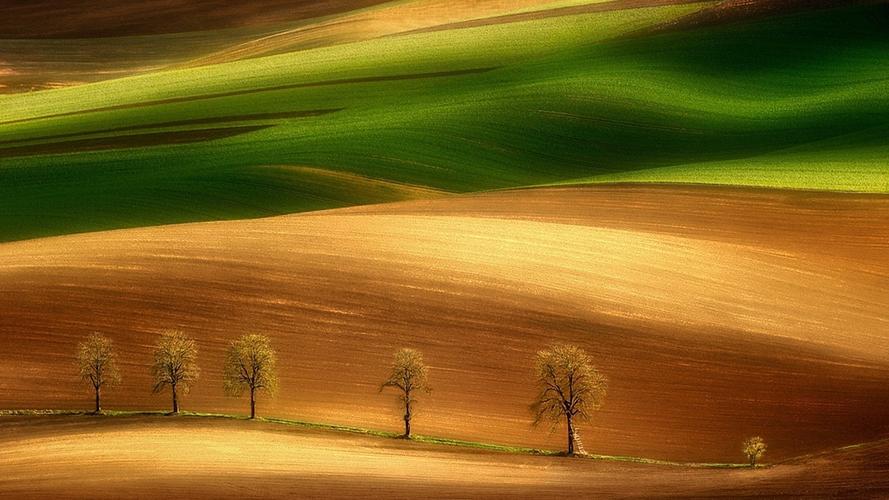Peru is a country with a rich and diverse cultural heritage that spans over thousands of years. Its traditional customs, beliefs, and practices continue to influence daily life, education, and public celebrations. Visitors can experience a taste of Peru’s vibrant cultural traditions by diving into the heart of its arts, history, music, food, and folklore.
One of the most fascinating aspects of Peruvian cultural traditions is its cuisine. The country is renowned for its unique gastronomy, influenced by a mix of indigenous, colonial, and modern culinary techniques. Peru’s national dish, ceviche, is a staple food made of raw fish marinated in lime juice, onion, chili, and salt. Other famous dishes include lomo saltado, a stir-fried beef dish with onions, tomatoes, and French fries, and ají de gallina, a creamy chicken stew made with yellow chili peppers, crackers, and milk.
Along with its cuisine, Peruvian music is a reflection of its diverse cultural influences. The country boasts a wide range of musical styles, from the ancient sounds of the Andean panpipes to the upbeat beats of the cumbia. Peruvian music was also heavily influenced by colonial-era Catholic music and African rhythms brought by slaves. Visitors to Peru can witness live performances of traditional music and dance, including the Marinera, Festejo, and Afro-Peruvian music.
Peru’s art scene is a fascinating blend of indigenous, colonial, and modern styles. The country is home to many ancient archaeological sites, such as Machu Picchu and the Nazca Lines, which attract tourists from all over the world. Visitors can also explore Peru’s contemporary art galleries, as well as its world-renowned handicrafts and textiles. Among the most popular Peruvian handicrafts are textiles and pottery, both of which have centuries of history behind them.
Religious traditions also play a significant role in the country’s cultural identity. Spanish Catholicism was introduced in Peru in the 16th century, which is still the dominant religion in the country. Nevertheless, indigenous beliefs and practices continue to coexist with Catholicism, resulting in a unique blend of folklore and religious celebrations. The most famous and colorful religious festivals in Peru are Carnaval, Inti Raymi, Qoyllur Rit’i, and Semana Santa.
In conclusion, exploring Peruvian cultural traditions is a fascinating journey into the heart and soul of Peru. The country’s diverse cultural heritage is on full display through its arts, music, food, and religious traditions. Visitors to Peru can gain deeper insight into its history and culture and celebrate its cultural pride and traditions. So, whether you are exploring ancient ruins, attending a music festival or tasting Peruvian cuisine, Peru is a cultural Mecca waiting to be explored.
(Note: Do you have knowledge or insights to share? Unlock new opportunities and expand your reach by joining our authors team. Click Registration to join us and share your expertise with our readers.)
Speech tips:
Please note that any statements involving politics will not be approved.
